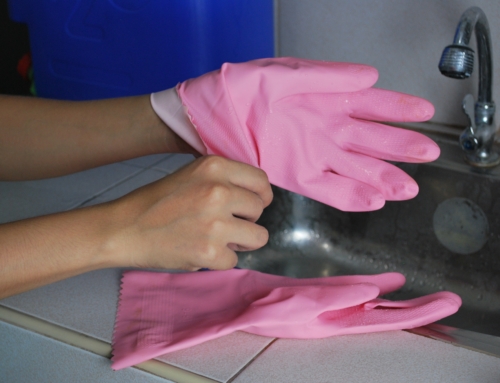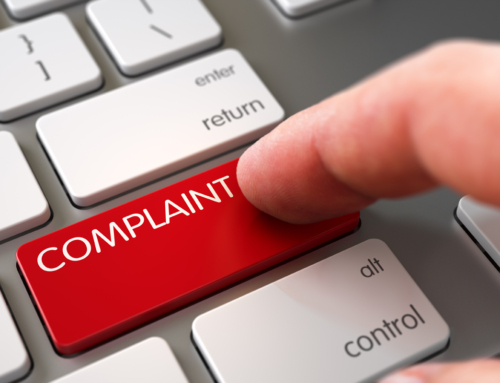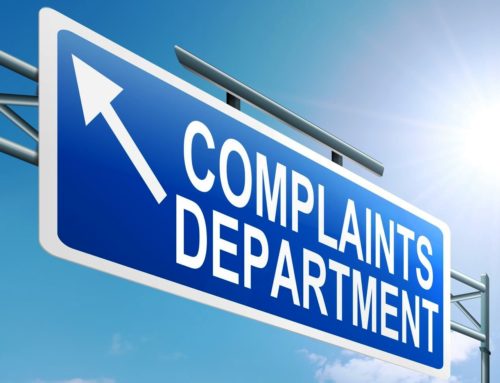How to maintain cleanliness during the messiest months
Regardless of the weather, season, or type of facility, ongoing carpet care is critical to extending the useful life of building surfaces as well as maintaining acceptable standards related to appearance, safety, health, and cost control. Cleaning programs (or a lack thereof) have a direct impact on surfaces and are under the control and responsibility of custodial and maintenance departments.
Managing Winter Carpet Care
It’s important to develop and implement a written, but flexible cleaning, spotting, and maintenance plan that is based on the actual, but changing needs of carpeted areas. Here’s how to create one to accommodate the harsher seasons:
- Identify priority areas that need special or more frequent attention prior to and during weather events.
- Monitor weather forecasts and prepare ahead of time for changing needs.
- Capture soil at its source; focus on preventing soil from tracking in and around the facility.
- Use adequate or excessive matting during inclement weather (at least 12 to 15 feet inside and outside all entrances and exits).
- Increase vacuuming and periodic maintenance frequencies when inclement weather hits.
- Entrances and exits and the first 20 to 30 feet inside and outside should be your primary focus areas.
- Pay attention to sidewalks and parking lots. Sweep, shovel, and use a snowblower to remove as much soil, sand, slush, snow, and ice as possible. This will reduce the contamination that visitors track inside and around the facility.
Dry Soil Removal
Dry soil removal is one of the most overlooked and underutilized cleaning processes. This can be easily accomplished with regular and frequent vacuuming of high-traffic and soil concentration areas.
Effective vacuuming programs will include surface removal via upright or suction-only equipment and less frequent deep-soil removal with a pile-lifting vacuum, both of which should capture and contain soil via HEPA filtration.
Repairs
Often overlooked is the need for minor carpet repairs along seams, door jambs, and elevator tracks, and the need to trim any pulled or sprouted yarns that protrude above the surface of the carpet. Minor repairs should be made immediately, as avoiding them may lead to damage and more costly repairs later on, or permanent damage that cannot be easily or inexpensively repaired.
Spotting
Remove visible spots as soon as they appear. The longer spots remain on carpet fibers, the more likely a permanent stain will result.
General-purpose and specialty spotting products are available to remove many common spots that will occur in commercial and residential facilities. It is important to note that some spots can quickly become permanent stains if left unattended or the incorrect processes or products are used to attempt removal.
Wet Carpet
Multiple approaches to cleaning are often necessary to obtain the best and most cost-effective results. This includes more frequent interim cleaning (low-moisture surface cleaning) and less frequent deep cleaning (wet extraction cleaning).
Evaluate each process based on effectiveness, conditions, and the type of soil you are removing. If the carpet is heavily soiled or excessively wet, an interim cleaning is not going to be effective. At the same time, overuse of wet-cleaning processes may damage adhesives and carpet backings. The best approach is to obtain the carpet manufacturer’s recommendations regarding cleaning processes, products, and frequencies to achieve the best results and protect any applicable warranties.
Recycling and Sustainability
Regardless of the weather or season, several new issues now need to be taken into consideration when planning a carpet maintenance program. Many locations include or are Leadership in Energy and Environmental Design (LEED) certified, and require green, sustainable products and processes when cleaning. This often relates to the equipment and products purchased for use along with an emphasis on clean-water use, waste-water disposal, power use, noise restrictions, and chemicals for spotting and cleaning. In addition, lifecycle costs are now taken into consideration, along with recycling old carpet instead of disposing it in a dumpster or landfill.
Outside Factors
There is more to an effective carpet care program than initially meets the eye. As cleaning professionals, we are generally involved with maintenance after carpet has been specified and installed. Occasionally, herein lies the problem. If the wrong quality, fiber, style, or color has been specified for a location or use, cleaning costs will increase significantly and the result will decrease. Specifically, the processes and products that have been selected will not be able to return the carpet to a like-new or even an acceptable condition or appearance.
Installation is another factor that impacts carpet maintenance, liability, and the useful length of the carpet’s life. Ignoring the required or specified installation procedures can negatively impact carpet cleaning and needlessly damage the carpet. Implementing the wrong care may cause adhesive on the carpet’s surface to attract, hold, or speed re-soiling. It may also cause seams to pull apart or open up, which can expose yarns or backing materials that may pose a trip-and-fall hazard or get caught in the vacuum cleaner, permanently damaging the carpet.
Installation and cleaning standards are available from the dealer, manufacturer, or industry groups and associations. Consider the Carpet and Rug Institute’s CRI 104 Standard for Installation of Commercial Carpet, and the Institute of Inspection, Cleaning and Restoration Certification’s (IICRC) ANSI/IICRC S100 Standard and R100 Reference Guide for Professional Cleaning of Textile Floor Coverings, which is an American National Standards Institute (ANSI)-approved and internationally accepted standard and reference document for professional cleaning and maintenance of textile floor coverings (carpeting).
Making it Work
Winter weather and seasonal changes in climate creates unique challenges when it comes to maintaining carpeted areas. While the summer months may require a simple vacuum and surface-cleaning process, even once-per-year wet extraction will not be adequate to remove sand, salt, and excessive moisture.
Regardless of where you are located, or the size or type of the facility, consider the following for a successful winter carpet cleaning program:
- Identify occupants’ and building cleaning needs.
- Develop and implement a weather-specific cleaning and maintenance plan.
- Monitor carpeted areas daily, and alter the program to respond to changing needs.
- Document cleaning and maintenance tasks in writing, so you don’t lose track of completed work in different areas.
- Allocate adequate labor, equipment, and budget to obtain the desired level of appearance and cleanliness.
- Focus on prevention, not cleaning.
- Realize that although cleaning may improve the appearance of a carpet, it will not overcome the need to replace a carpet that is beyond cleaning and actually requires replacement.
Whether you live in a climate that deals with regular snowstorms or heavy rain seasons, inclement weather can wreak havoc on a building. By planning ahead and putting the proper procedures in place, you can better ensure a clean carpet for seasons to come.
Removing Salt and Ice Melters from Carpeting
Vacuuming dry soil and chemical residues, followed by multiple wet extraction rinses, are normally the most effective procedures for removing residues in carpeting or entry matting that are caused by salt and ice melters during the winter months. Professional cleaners often obtain good results in removing residues by pre-spraying or adding a hard-surface floor neutralizer to the carpet cleaning rinse water that would otherwise wick to the surface and concentrate as a powdery white residue on yarn tips as the carpet dries.
Change out entry matting when it becomes saturated. Additionally, use wet extraction on matting, speed dry it, and then follow with dry vacuuming to help prevent the matting from becoming a source of contamination. If wet matting is not removed when it is overloaded with soil and residues, it becomes a source of soiling instead of preventing contamination from further entering the building.
Although the above process takes extra time, it is your best defense against tracked-in soil, sand, salt, and moisture, which can damage carpeting and other surfaces. The true key to effective cleaning is prevention. If you capture soil at the door where it concentrates, you will spend a lot less time and money looking for and removing it from other areas of the building.
From: http://www.cmmonline.com/articles/236033-cold-weather-carpet-care?page=1






